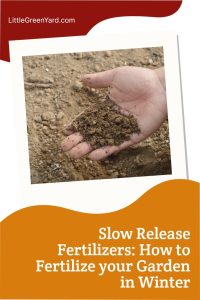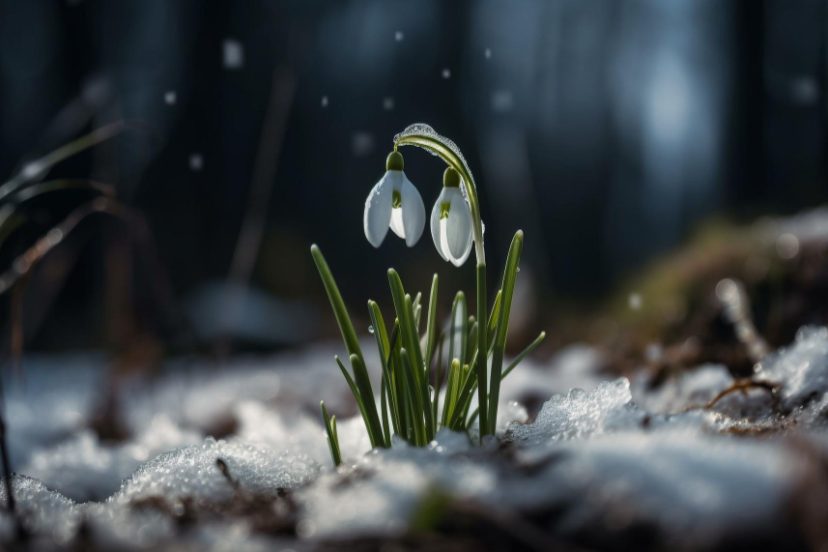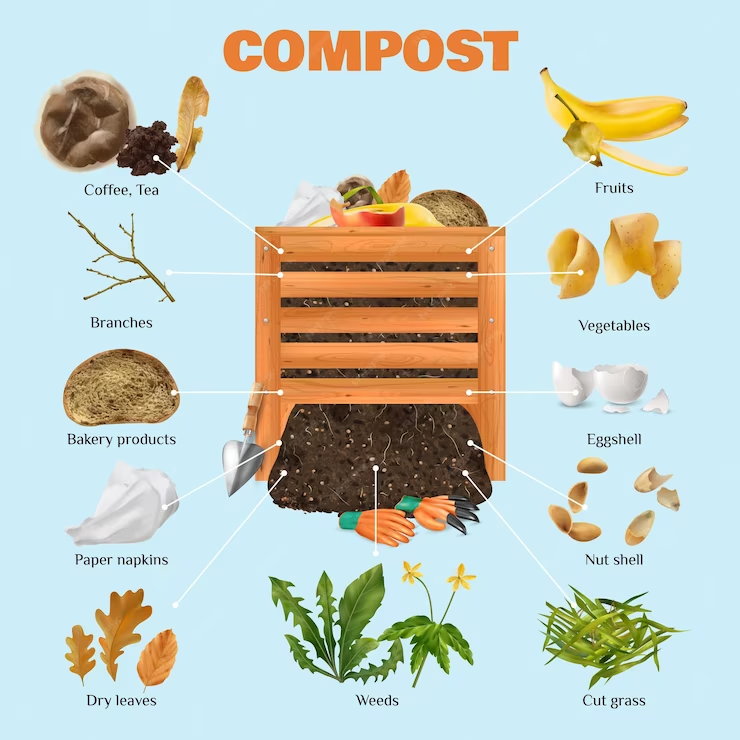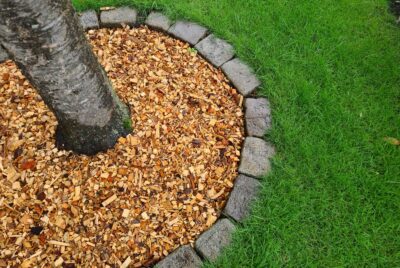Slow Release Fertilizers: How to Fertilize your Garden in Winter
Deprecated: The PSR-0 `Requests_...` class names in the Requests library are deprecated. Switch to the PSR-4 `WpOrg\Requests\...` class names at your earliest convenience. in /home/littlegr/public_html/wp-includes/class-requests.php on line 24
As an avid gardening enthusiast, I often find myself contemplating ways to nurture my garden during the chilly winter months. One strategy that has consistently proven its worth is the use of slow-release fertilizers. In this article, I’ll delve into the intricacies of these fertilizers, shedding light on what they are, how to effectively apply them to your garden in winter, and why this practice is crucial for the overall health of your beloved plants.
Understanding Slow Release Fertilizers
Winter brings about a period of dormancy for most plants, akin to a long, peaceful slumber. It’s during this time that the metabolic activity of our green companions significantly slows down. Deciduous trees and shrubs, for instance, almost enter a state of hibernation after shedding their leaves in autumn. However, beneath the surface, plant roots continue their subtle growth, even in the coldest of months.
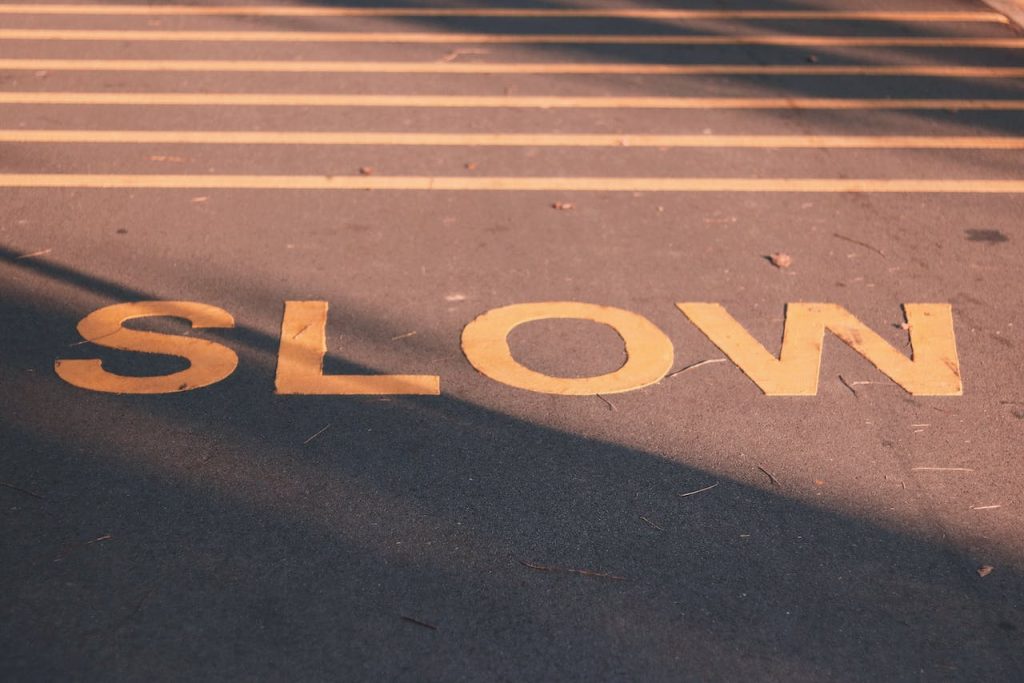
Why Slow Release Fertilizers Matter in Winter
The secret to a thriving garden come spring lies in nourishing these winter-active roots. Providing them with slow-release fertilizer plays a pivotal role in providing the essential nutrients your plants need to endure the winter and have a boost to start production in Spring. Unlike their faster-acting counterparts, slow-release fertilizers gradually dispense nutrients over an extended period, ensuring a sustained supply to the roots.
Applying Slow Release Fertilizers in Winter
The first step in this winter gardening journey is to test your soil. Think of it as a health check for your garden. By understanding the nutrient deficiencies, you can tailor your fertilizer application to precisely what your plants need. Also, different plants also have different needs for fertilizers, so be sure to check that out before application! If not, you are only going to kill your plants than helping it. Once armed with the right fertilizer, apply it evenly over the soil surface. Timing is key; aim to fertilize before the ground freezes, allowing the nutrients to permeate the soil. This ensures your garden receives a nourishing head start when the first buds of spring unfurl.
Types of Winter Fertilizers: Pros and Cons
Now, let’s explore the diverse world of winter fertilizers and weigh the pros and cons of each.
Slow-Release Winter Fertilizers
Pros:
- Even distribution of nutrients over time.
- Prevents nitrogen overload.
- Continuous availability of nitrogen for a longer period, perfect for winter’s slow pace.
Cons:
- Gradual impact may not be immediately noticeable in winter.
- Less noticeable during colder months, demanding a patient gardener.
Organic Winter Fertilizers
Pros:
- No exposure to harmful chemicals for you, your family, and pets.
- Minimal risk of burning your lawn.
- Environmental benefits, preventing harmful substances from leaching into the soil.
Cons:
- Results may take longer to manifest.
- Potential increase in weed growth.
Synthetic Winter Fertilizers
Pros:
- Cost-effective compared to organic options.
- Fast-acting, delivering nutrients quickly to grass and plant roots.
Cons:
- Lack beneficial micronutrient organisms.
- Risk of over-application, leading to lawn burns.
- May release nutrients too quickly or too slowly, creating an unpredictable scenario.
Tips and Tricks for Winter Fertilizing
Alright, so you’re on board with winter fertilizing, but here are a few tips and tricks to make sure your slow-release fertilizer game is top-notch:
- Test, Don’t Guess: Before you dive into the fertilizing fiesta, test your soil. It’s like checking the weather before stepping out. You want to know what you’re dealing with.
- Timing is Everything: Apply that slow-release fertilizer before the ground plays hard to get and freezes up. Timing is key for a successful winter feast.
- Even Spread, Happy Bed: Don’t play favorites with your plants. Spread that fertilizer evenly. It’s like giving everyone a fair share of the goodies.
- Roots Are the VIPs: Remember, it’s all about those roots. Nurture them, and they’ll thank you with a spectacular spring show.
- Variety of options: Explore different slow-release fertilizers. It’s like a taste test for your plants. See which one gets the best yield in the end.
Fertilize for Winter Glory
In the grand orchestra of winter gardening, slow-release fertilizers take center stage. Each type, with its unique melody, contributes to the symphony that is your flourishing garden. So, as winter wraps its chilly embrace around your green haven, choose your fertilizer adventure wisely. Whether you opt for the organic serenade, the synthetic crescendo, the gradual symphony, or the liquid elegance – your garden will thank you come spring.
FAQs
- Can I use a combination of different winter fertilizers for a comprehensive approach?
- It’s generally advisable to stick to one type of winter fertilizer to avoid potential conflicts in nutrient release rates.
- Are slow-release fertilizers suitable for all types of plants?
- Absolutely! Slow-release fertilizers are versatile and work wonders for a variety of plants, providing a steady supply of nutrients over an extended period.
- How often should I apply slow-release fertilizer in winter?
- Once before the ground freezes is ideal.
- Are there any risks associated with overusing slow-release fertilizers?
- While they’re steady feeders, too much of a good thing can be harmful. Stick to the recommended doses.
- Can I mix different types of winter fertilizers for a comprehensive approach?
- It’s like blending too many flavors in a dish – best to stick with one slow-release fertilizer for winter.
